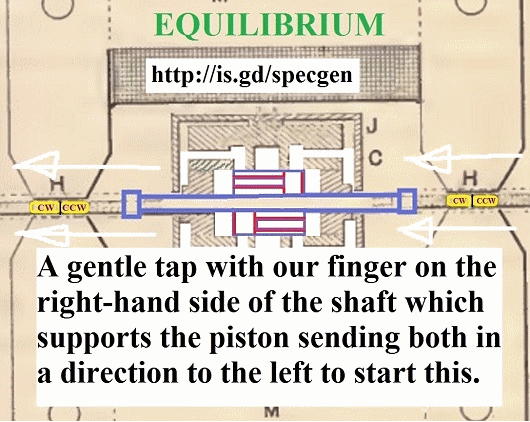Divide and Conquer the Synthesis of Electrical Watts
http://www.energeticforum.com/310957-post97.html
http://www.energeticforum.com/310957-post97.html

 on me that only two labels were missing from this simulation which tag the 'M' and 'H' coils...
on me that only two labels were missing from this simulation which tag the 'M' and 'H' coils... , that this effect could be considered super-conductance at room temperature since that's what a PMH is, right?
, that this effect could be considered super-conductance at room temperature since that's what a PMH is, right?


Comment